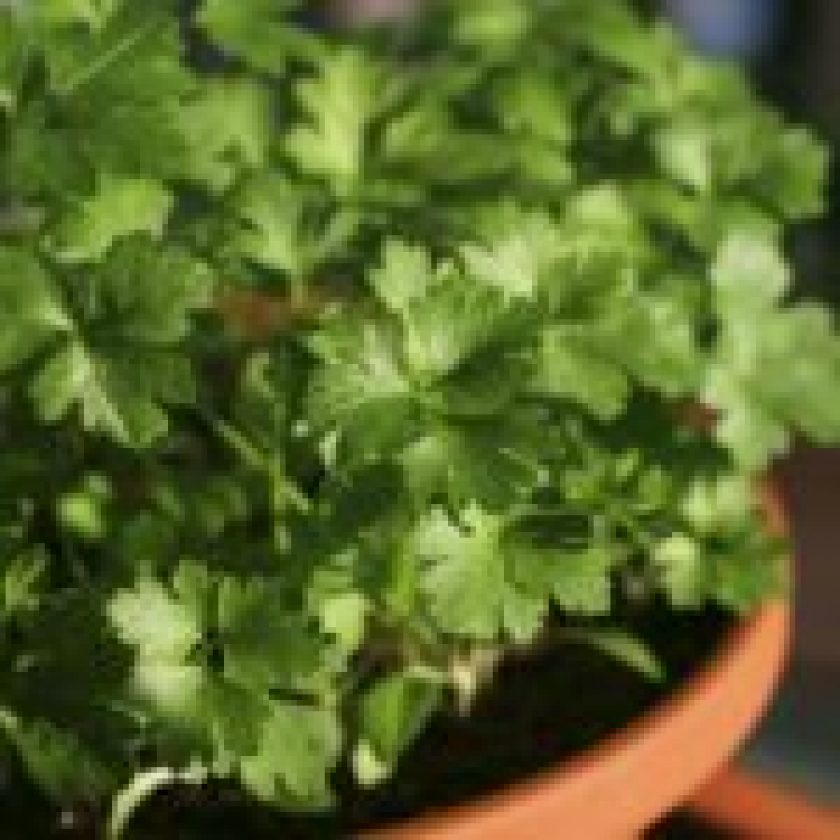Once your homestead reaches a certain point, it’s time to introduce livestock. Goats are one of the top choices for beginners. However, there are several factors that you must take into consideration before you buy your first goat.
First and foremost, timing is crucial. Determine whether your homestead is ready for goats. Prior to adding goats, your homestead must have proper fencing and equipment. Furthermore, you need to possess the right knowledge. This article will teach you how to raise goats on your homestead. Keep reading before you invest in your first goat.
How to Choose the Right Goat
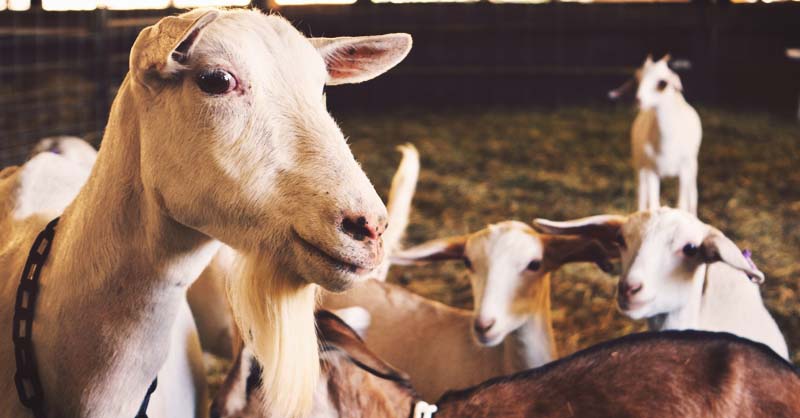
source: morningchores.com
There are three important items that you must consider before choosing a goat for your homestead.
- How much milk will it take to meet your needs?
- How much free space is available on your homestead?
- What kind of goat do you and your family prefer?
Obviously, the first item is for homeowners who want to raise goats for dairy products like cheese, butter, and milk. Determine how much milk you need to produce for your homestead.
Now you need to determine the amount of space your homestead has available. This helps you decide on a breed of goat. If you have a lot of space available, then a large breed like Saanen might be a good choice. On the other hand, if space is limited, then consider a smaller breed of goat.
Finally, your family’s preference plays an important role. Since you will be spending lots of time with the goats, be sure to choose a breed that you like being around.
Goats Need Proper Shelter
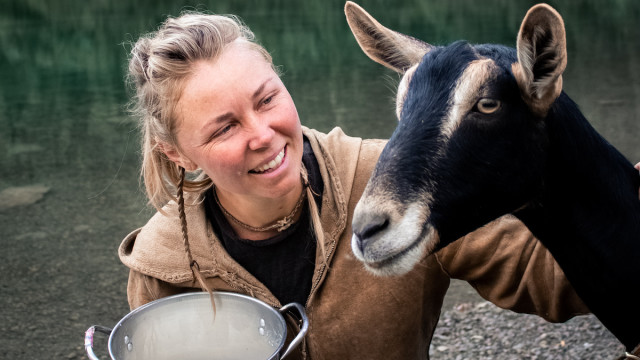
source: pinterest.com
Your goats need a home, so this should be your next consideration. Goat shelters are dry, ventilated, and allow the animals to move around. There are several options but the most common are either an enclosed barn or a three-sided shelter.
Optimal goat shelters are easy to clean. They also have an open floor plan so that goats are not forced to eat in corners of the shelter. Most homesteaders find that having the shelter close to their home makes it easier to include running water and electricity. Both make managing goats significantly easier.
Finally, you must include a small enclosed space within the barn so you can separate sick goats from the others. This will avoid diseases from spreading.
Goats Must Have Easy Access to Water
The watering system you use to keep your goats hydrated depends on the climate. In warmer climates, you can manually water goats using buckets as long as you keep them cleaned and full. However, this method won’t work in cold climates since the water will freeze.
Fortunately, automated watering systems are available and will guarantee your goats are getting enough water to stay properly hydrated.
Homestead Fencing is Required
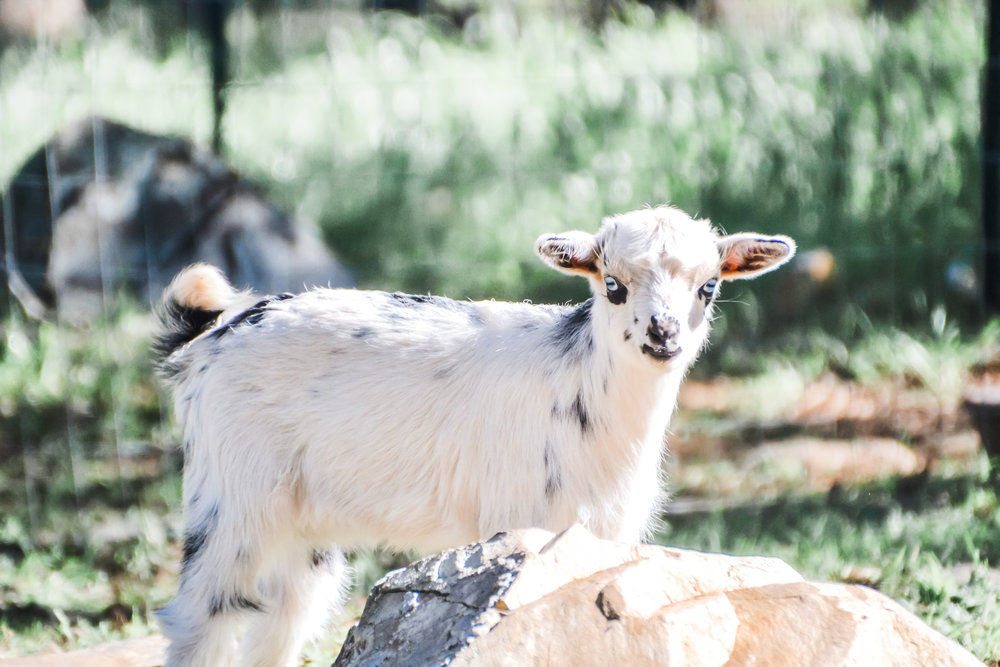
source: pinterest.com
Fencing serves two important purposes – it keeps your goats on the homestead and keeps predators out of your homestead. Goats will test fences so you have to make sure they are durable. Electric fences are the most popular choice for goats but woven-wire is an affordable alternative.
A homestead must be fenced even if your goats are being kept in an enclosed barn so that predators are kept out. Even if they can’t get to the goats, they will try and their attempts will cause the goats stress.
Get the Right Food
Goats are not grazers like cows. They browse for food. Goats love to sample a variety of plants and shrubbery. Offering goats access to this browsing instinct will maximize their health.
Of course, most homesteads aren’t large enough for browsing to provide adequate nutrition so hay is used as an alternative. There are different types of hay available so be sure that you’re giving them the right kind. Good quality hay that’s kept dry so it’s free of mold is their primary food source. However, dairy goats should be given alfalfa or a similar alternative that contains more vitamins. Corn, oats, and barley are great alternatives for goats while they are milking. Depending on the number of goats you are caring for, feed storage is worth considering. There are small grain bins for sale that can hold 60 – 100 bushels of feed, which is usually enough storage for most homesteads.
Finally, be sure to include essential supplementary minerals to goats. A salt or mineral lick are both great choices that allow goats to choose when they use them.
Managing Dairy Goats
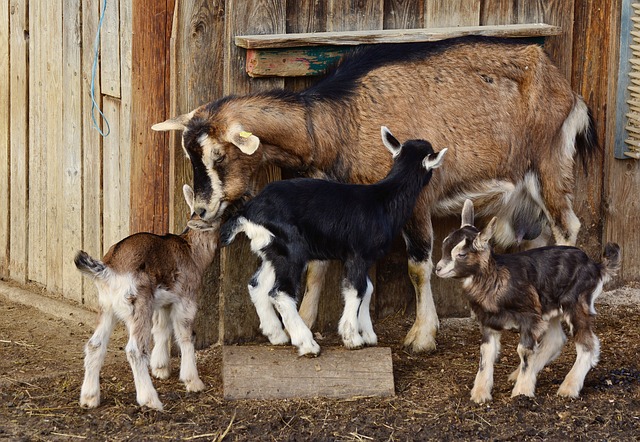
source: practicalselfreliance.com
Goats that are used for dairy must be bred on a regular basis. A goat’s pregnancy lasts for approximately five months. Most dairy farmers allow baby goats to nurse for a few weeks before you start milking the mother. This ensures the health of the baby.
Final Thoughts for How to Raise Goats on your Homestead
In most cases, the return on investment of raising goats is high enough to justify the initial costs. Each female goat produces approximately 90 quarts of milk every month. That’s over 20 gallons of milk which is more than enough for your family. So you’ll be able to recover some of the costs of raising them by selling dairy locally and still have enough left over for your family to enjoy.


